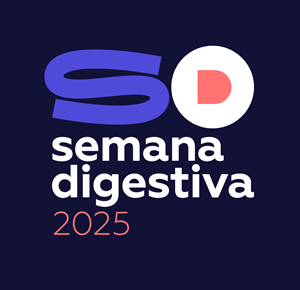Methods: We developed, trained, and validated a CNN based on EUS images. Each frame was labelled as a mucinous (intraductal papillary mucinous neoplasm or mucinous cystic neoplasm) or non-mucinous (serous cystadenoma or pseudocyst) PCL. The diagnosis of mucinous PCL was dependent on cyst fluid analysis and/or histopathologic analysis of intracystic biopsies or surgical specimens. The entire image dataset was split into training (80%) and validation (20%) datasets, the latter used to evaluate the performance of the model. The sensitivity, specificity, positive and negative predictive values (PPV and NPV, respectively), accuracy and area under the curve were calculated.
Results: A total of 5505 images from 22 EUS exams were included (3725 of mucinous PCLs and 1780 of nonmucinous PCLs). The model had an overall accuracy of 98.5%, a sensitivity of 98.3%, a specificity of 98.9%, a PPV of 99.5% and a NPV of 96.4%. The AUC was 1.00. The image processing speed of the CNN was 191 frames/second. Conclusions: In this pilot study we developed a deep learning algorithm for automatic differentiation of mucinous from non-mucinous PCLs using EUS images. Subsequent development of these tools may contribute to enhance the diagnostic performance of EUS in the characterization of PCLs.

 Semana Digestiva 2025 | Todos os direitos reservados
Semana Digestiva 2025 | Todos os direitos reservados